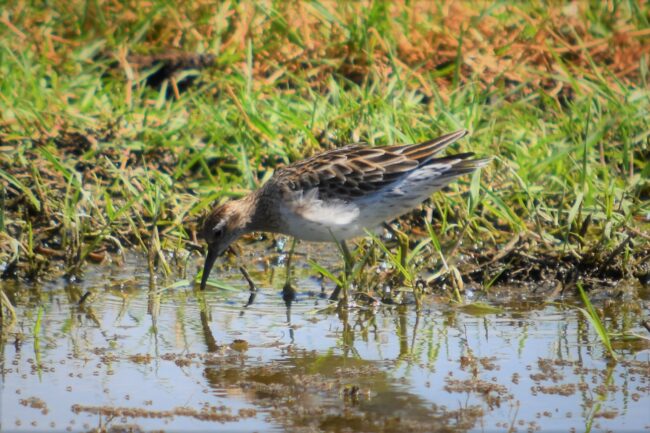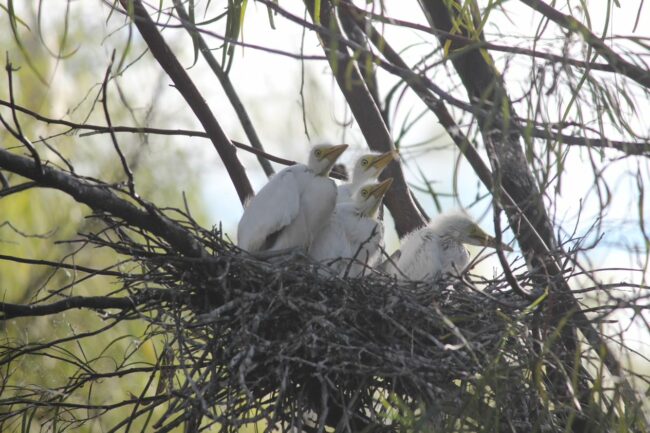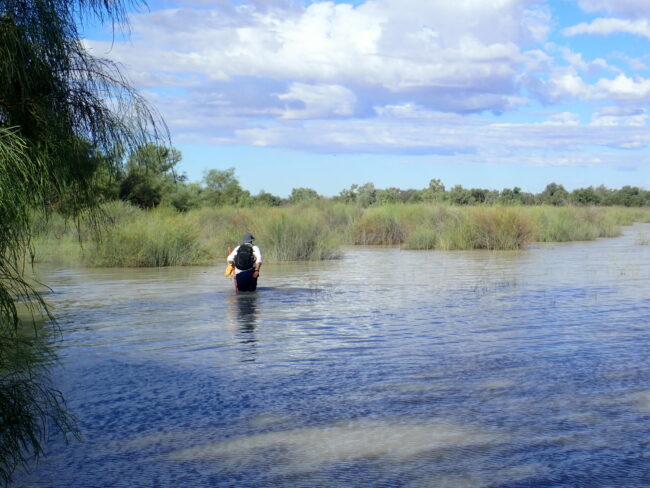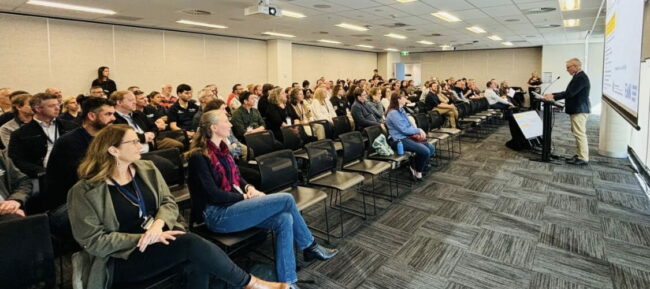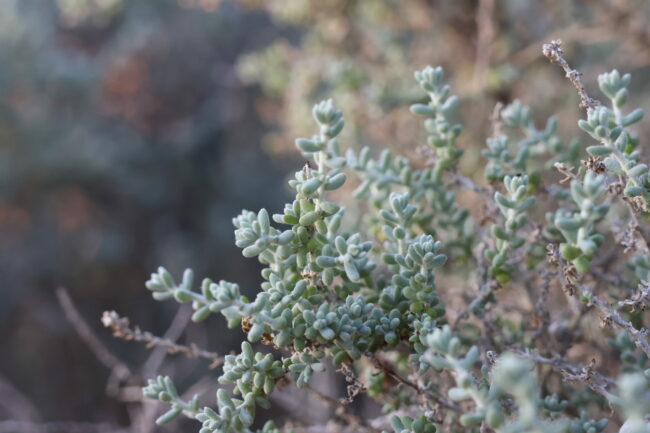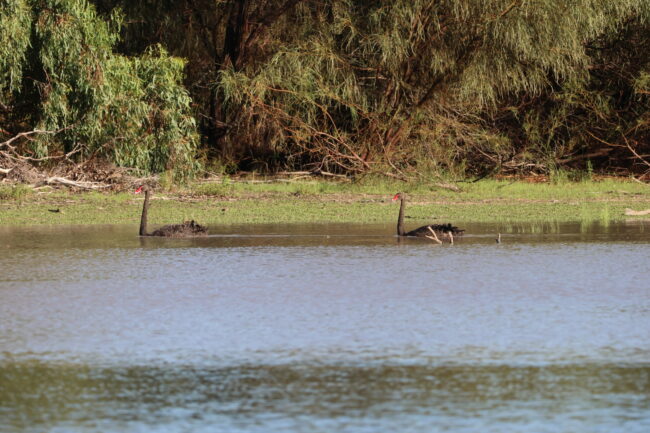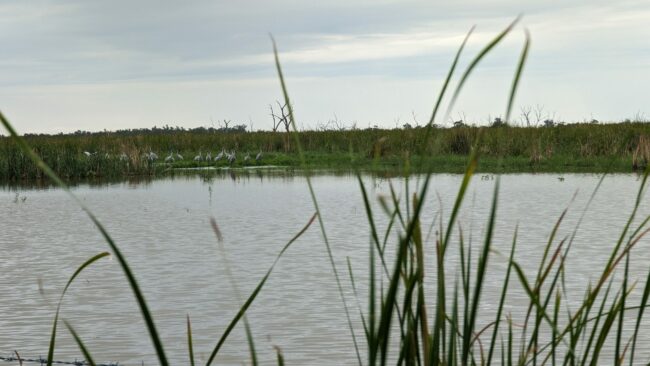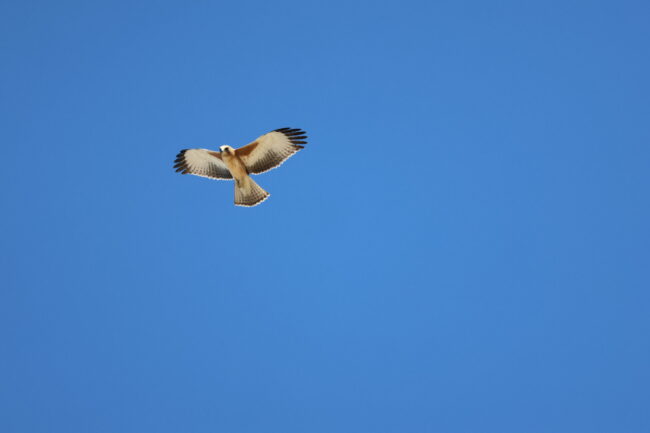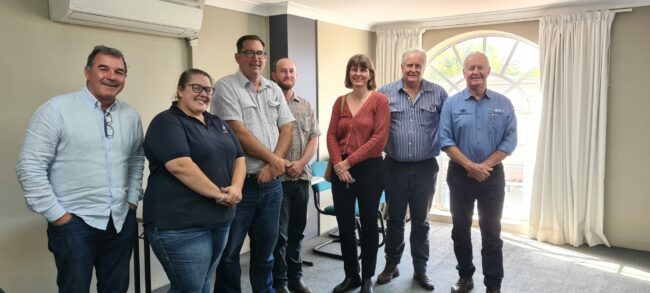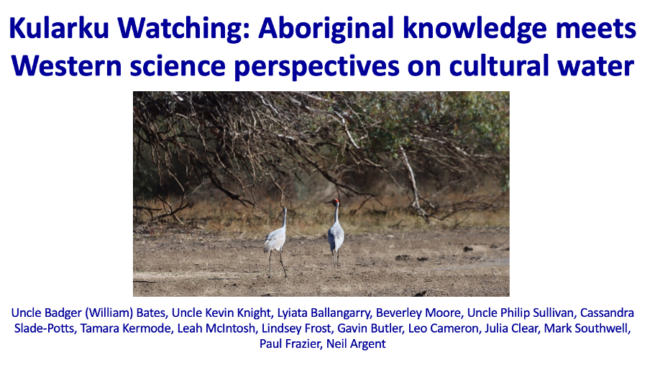Issue 64 Meet this species featuring Sharp-tailed sandpiper
The Commonwealth Environmental Water Holder’s (CEWH) Science Program funds the Flow Monitoring, Evaluation and Research (Flow–MER). We acknowledge the Gomeroi/ Gamilaroi/ Kamilaroi/ Gamilaraay Peoples, the Traditional Owners of the Guwayda (Gwydir) River and surrounds. Thank you for sharing your Country and knowledge of the land, water and life with us. We pay respects to Elders…

